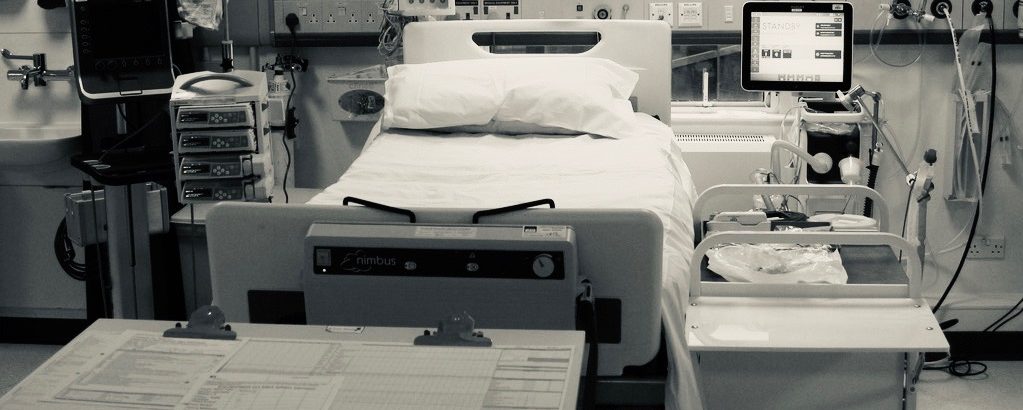The ICU ventilator
If a patient’s illness makes them unable to breath adequately for themselves they may be sedated and connected to a breathing machine (ventilator).

To do this a breathing tube must be passed, usually through the mouth into their windpipe to connect the patient to the ventilator. Placing this tube is called intubation and is one reason why sedation is usually required when commencing invasive ventilation.

Initially it is usual for the ventilator to do most of the patient’s breathing for them, but as their condition improves the intensive care team will lighten the patient’s sedation and allow them to do more of the breathing for themselves. Once their underlying illness has improved, the patient may be woken up and – if breathing adequately for themselves – will have the breathing tube removed. This is called extubation. It can take more than one attempt for extubation to be successful.

Sometimes patients struggle to make the transition from being ventilated to breathing for themselves in a single step. In such circumstances a tracheostomy may be considered by the intensive care team.
A tracheostomy is a breathing tube through the front of the neck that replaces the breathing tube through the mouth. In is usually temporary and can help patients make the transition to breathing unaided in a series of more gradual steps over several days or weeks.

Comments are closed